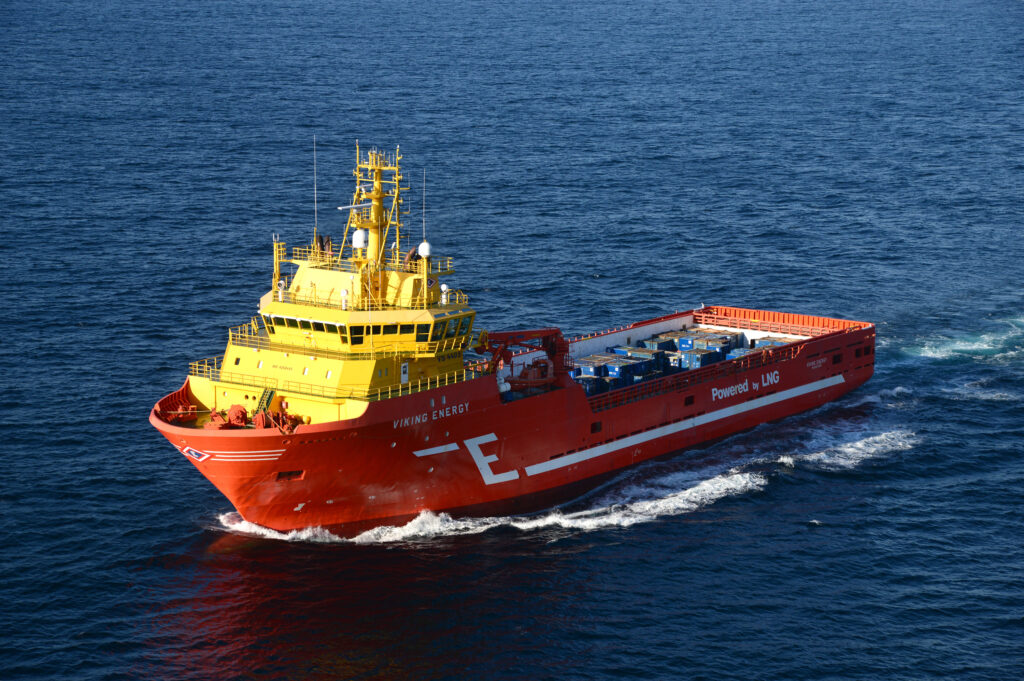Eidesvik AS, owns a worldwide fleet of purpose-built vessels, providing services to the offshore supply, subsea, offshore wind, and seismic markets. The company which is located in Bømlo, on the western coast of Norway, has since it was founded in 1965 worked towards fuel efficiency and reduction of the company’s environmental footprint. This work was intensified in 2000 when the first plans for LNG operation of a PSV were formed within the company. Since then, Eidesvik has been a pioneering powerhouse for new environmental friendly technology for two full decades. It started with the vessel Viking Energy, delivered in 2003 being the first to introduce LNG as fuel for offshore vessels. By now 5 of the company’s PSV’s are operating on dual fuel engines.The next chapter in this story were seen with the early full-scale testing of fuel cell technology (LNG) and later also the pioneering implementation of battery hybrid system on their vessel Viking Lady, which took place in the years from 2006 to 2012.
Partly in parallel to this, Eidesvik started up its Energy Efficiency Program (“EEEP”) as early as 2010, with a full implementation in 2014. This gave them not only a significant reduction in fuel consumption and emissions (10% reduction from operational measures only), but also valuable added insight in their vessels’ operations.
— This insight has been crucial in finding the perfect solutions for improvements together with our clients and suppliers; whether it comes to cost-efficient solutions, purpose build design, improvements on route planning or operations planning, the long-term logging of operational data is a key element, says Hjelland.
These technology improvements, together with a series of others – such as hull design, combinations of different engine sizes etc. have over the years given a significant contribution to Eidesvik’s fuel consumption and emission levels trend continuously pointing in the right direction.
With loads of operational data, high engagement among personnel offshore and onshore, and also with a set of full-scale results from the testing onboard Viking Lady, the company started the commercialization of battery hybrid systems in the offshore sector. First with Viking Queen in 2015, then peaking with the world’s first Battery Power notation given to Viking Energy in 2016, followed by the disruptive innovation of replacing a generator set with a Battery system in Viking Princess.
Eidesvik’s focus on always striving for new and better technologies led them into the ShipFC project, where they together with 14 international partners work together on once again modifying Viking Energy to decrease its environmental footprint: The project will install a large 2MW ammonia fuel cell, allowing the ship to sail with zero emission for the majority of its operation. The ammonia used in the energy system will be produced by electrolysis.
— In Eidesvik we believe that cooperation and knowledge sharing is an important part of the path towards a clean maritime future. Joining the ShipFC project was therefore an easy decision for us. The project is a natural add-on to our ongoing work towards a low- and zero-emissions fleet, says Hjelland.

